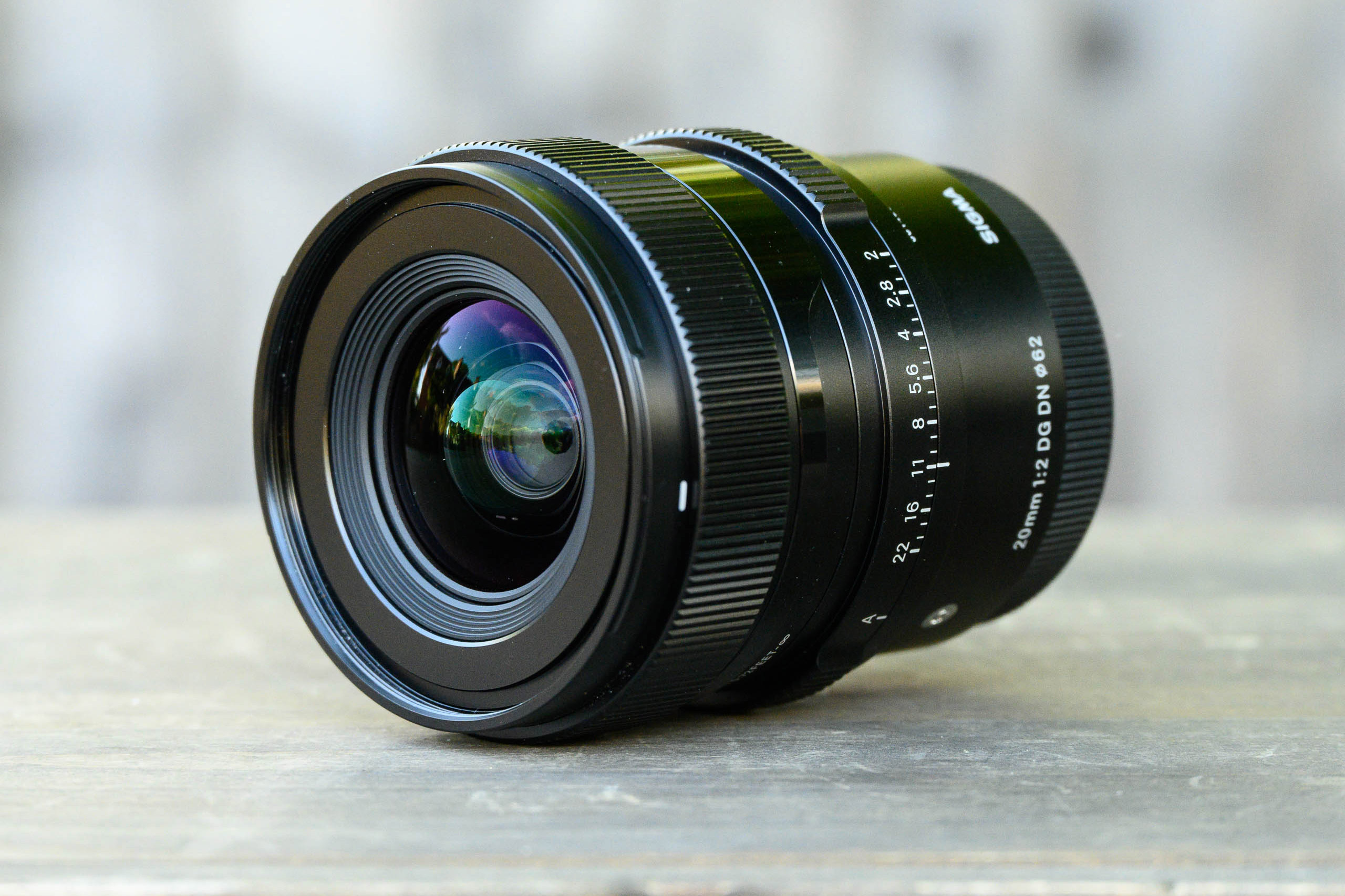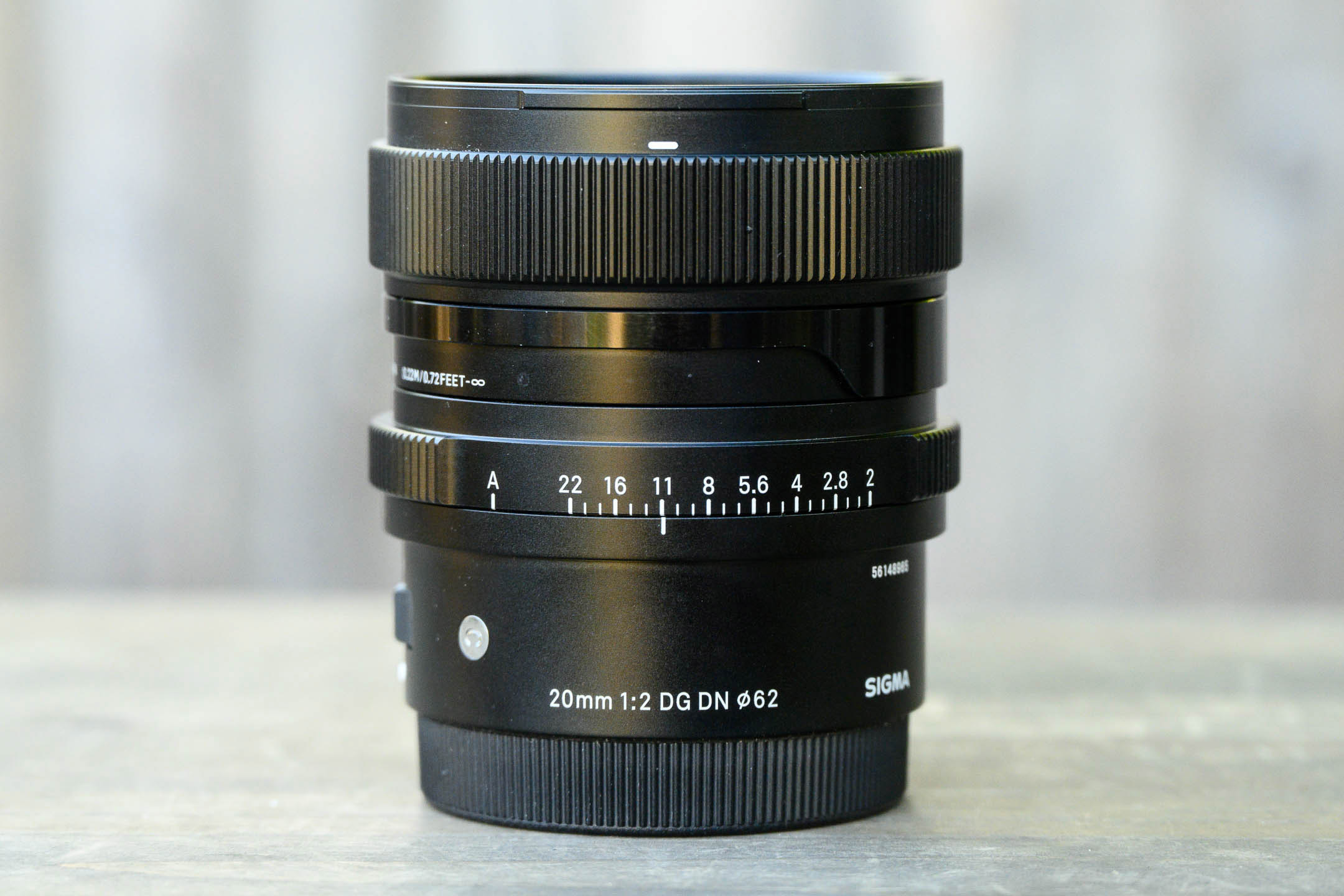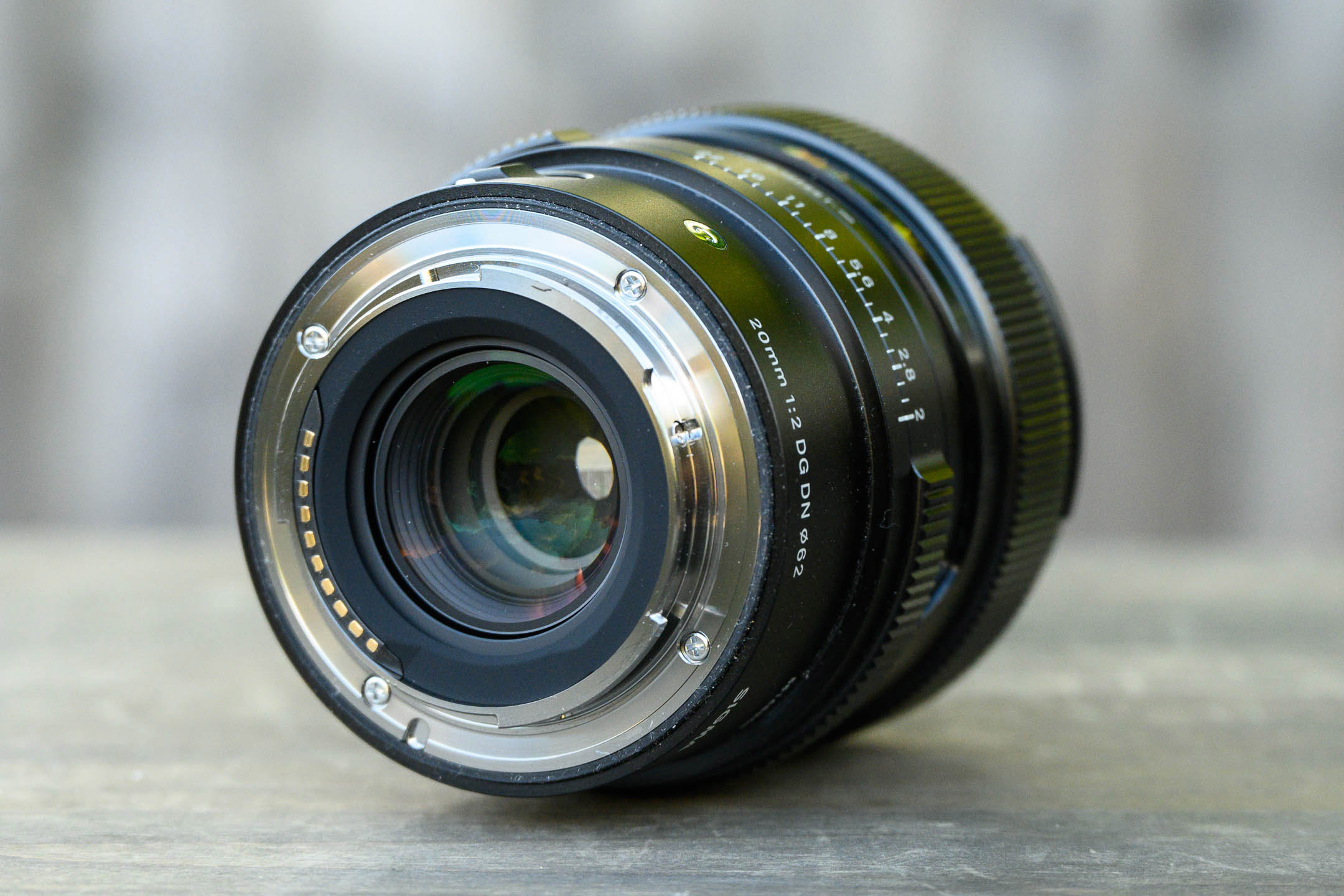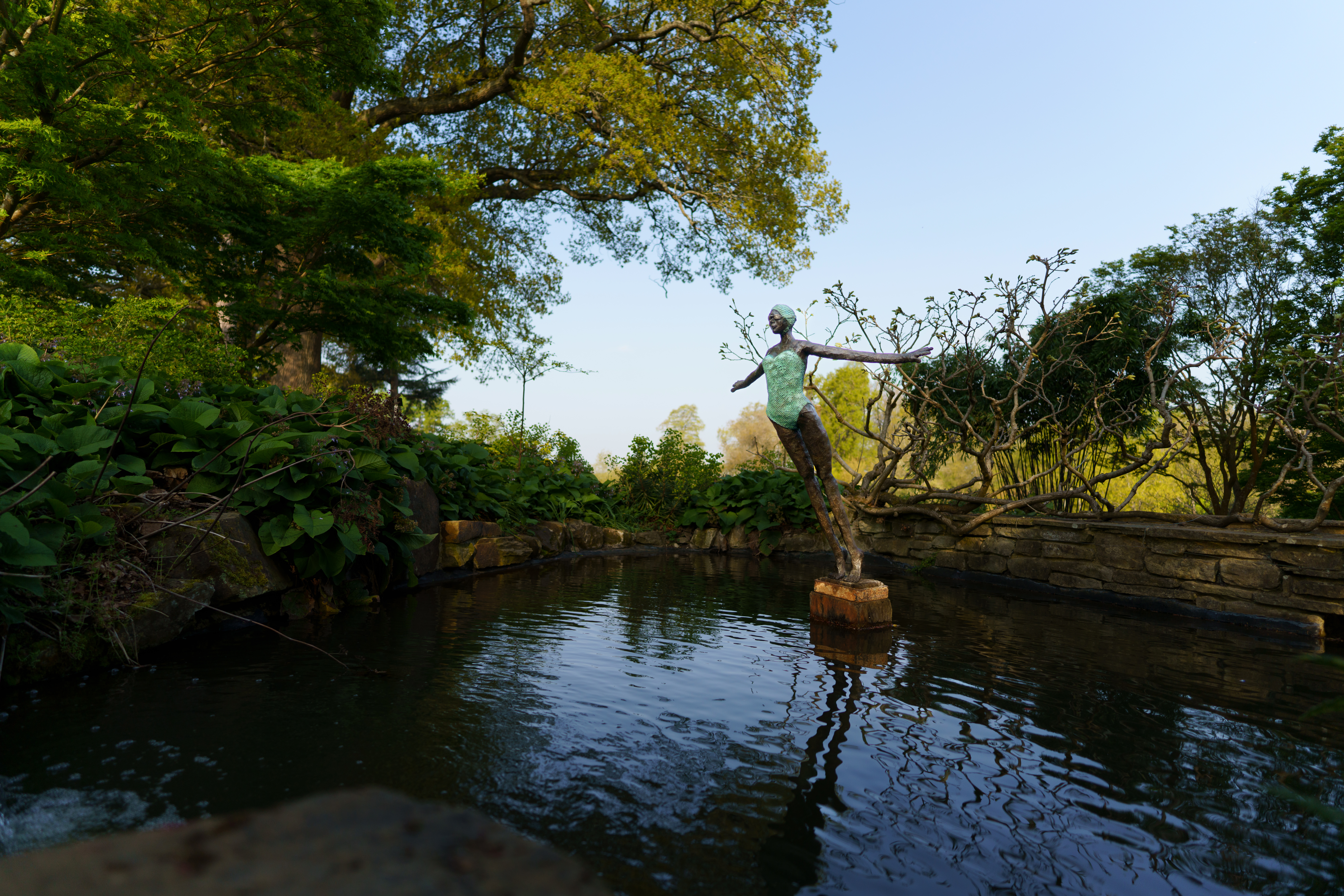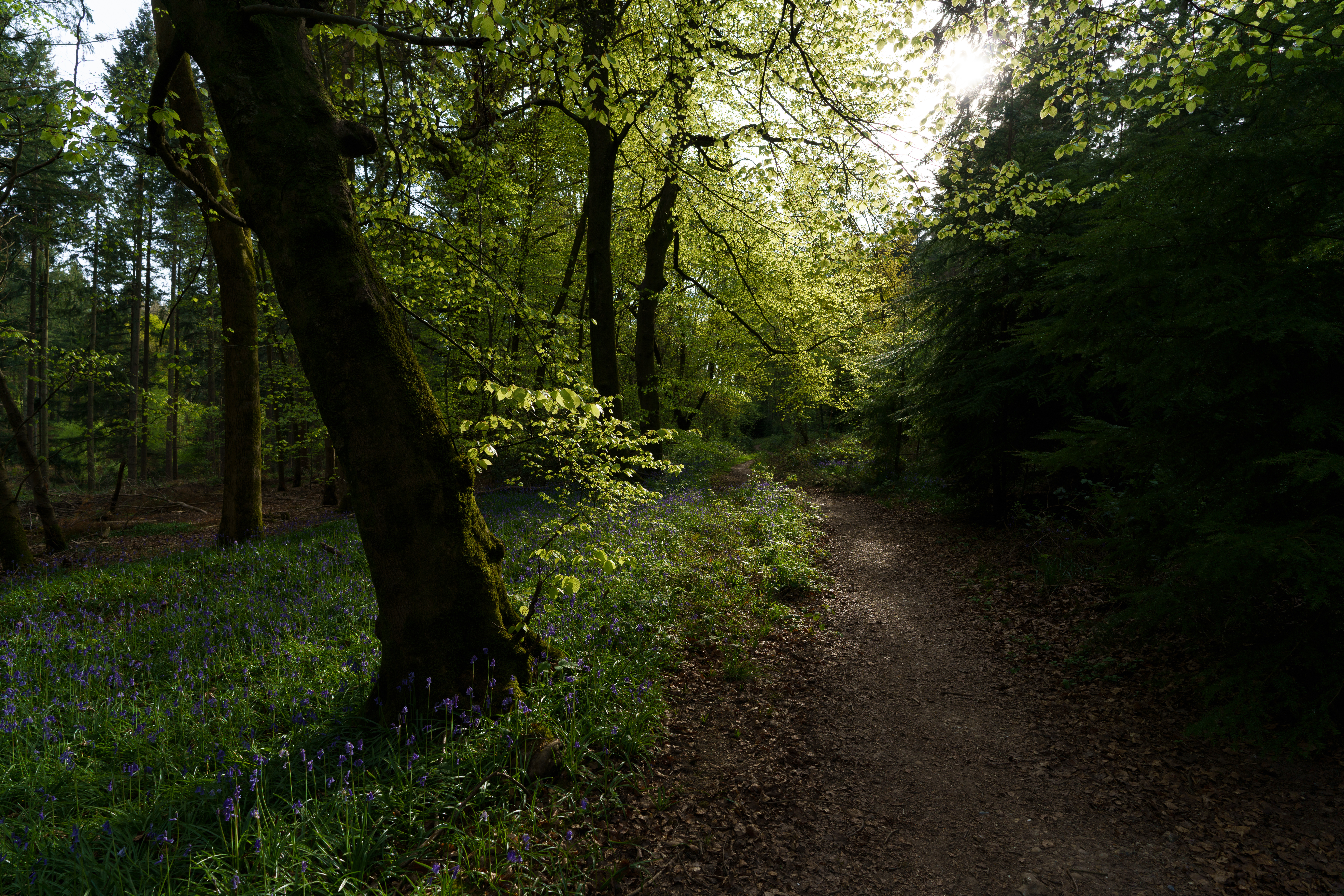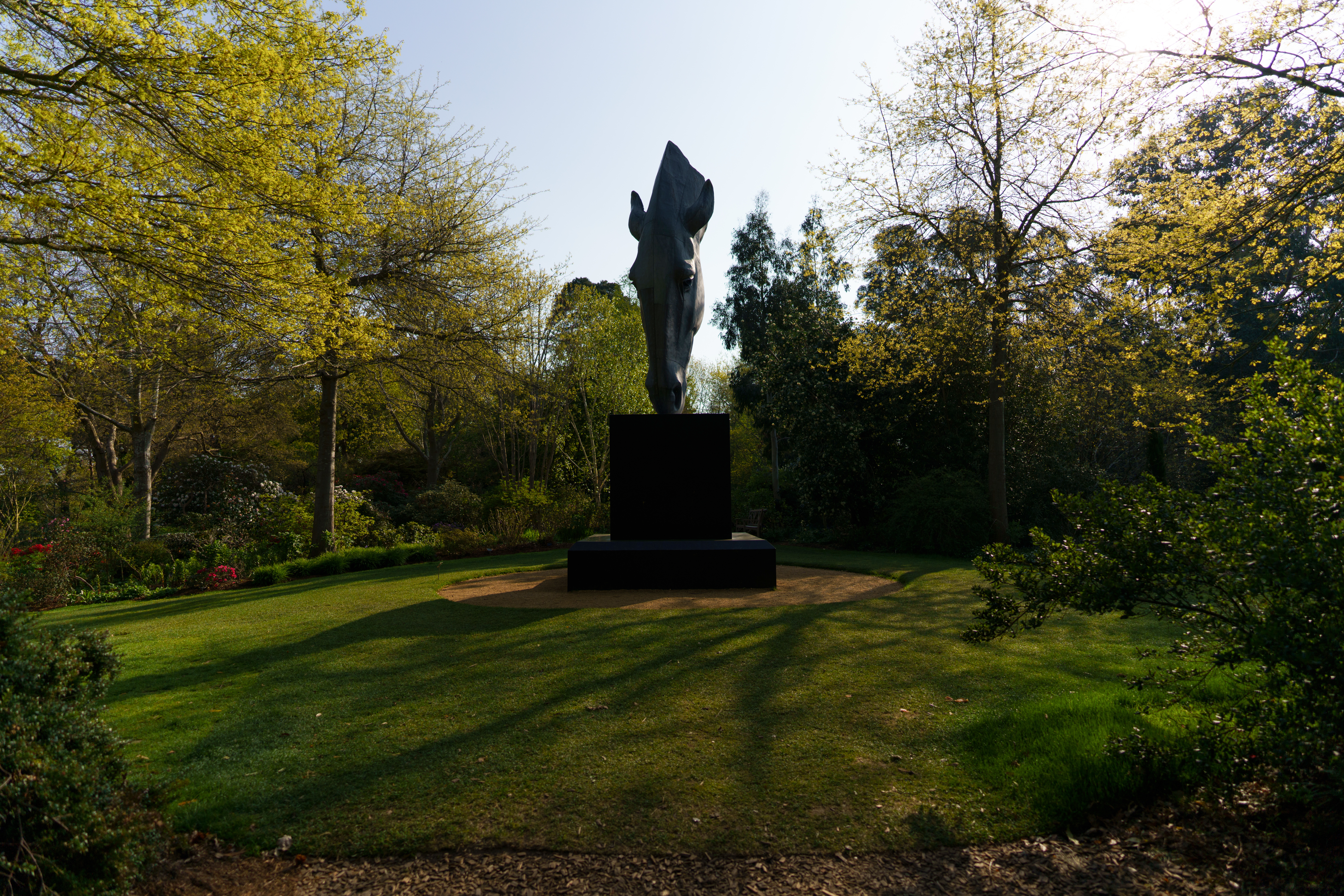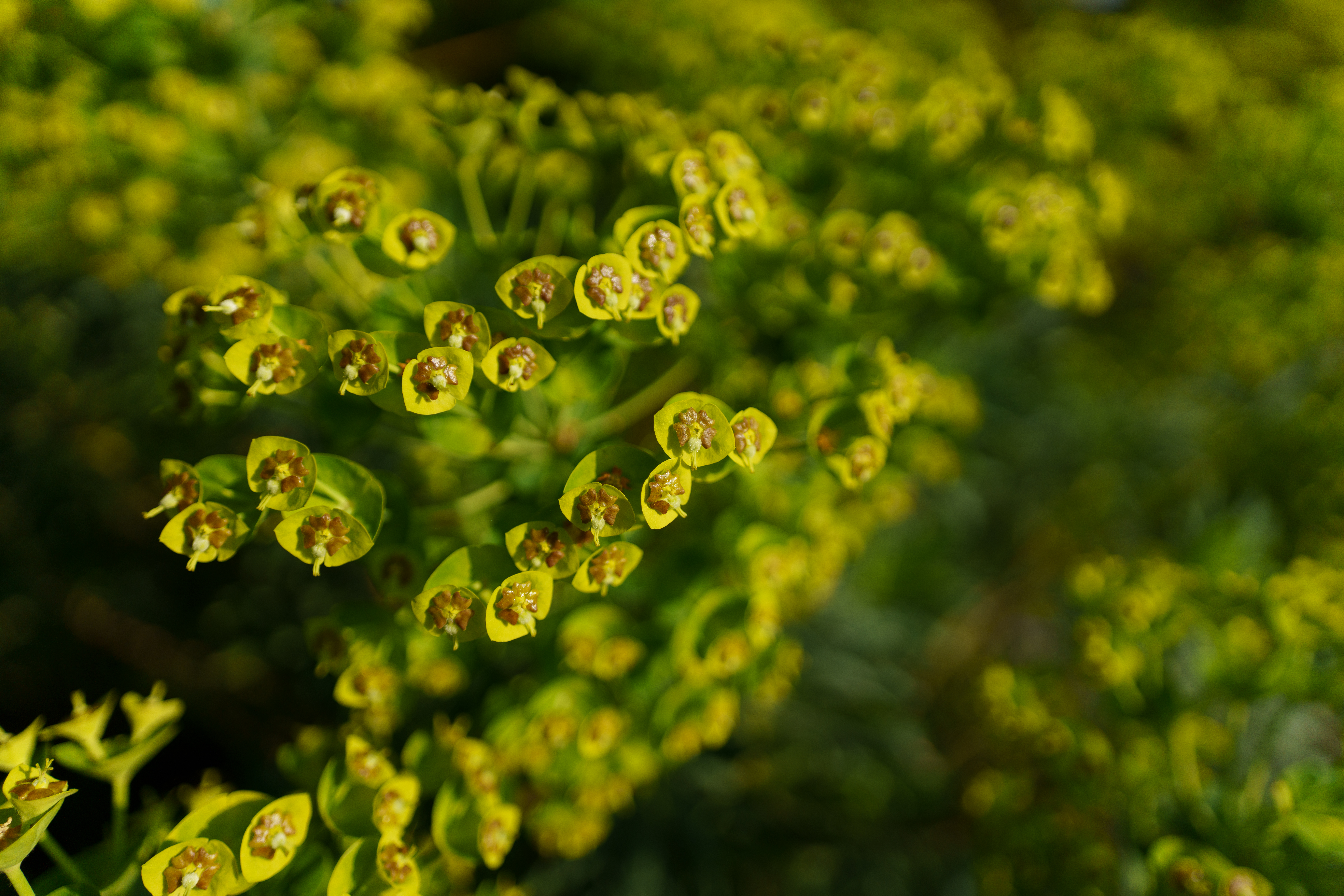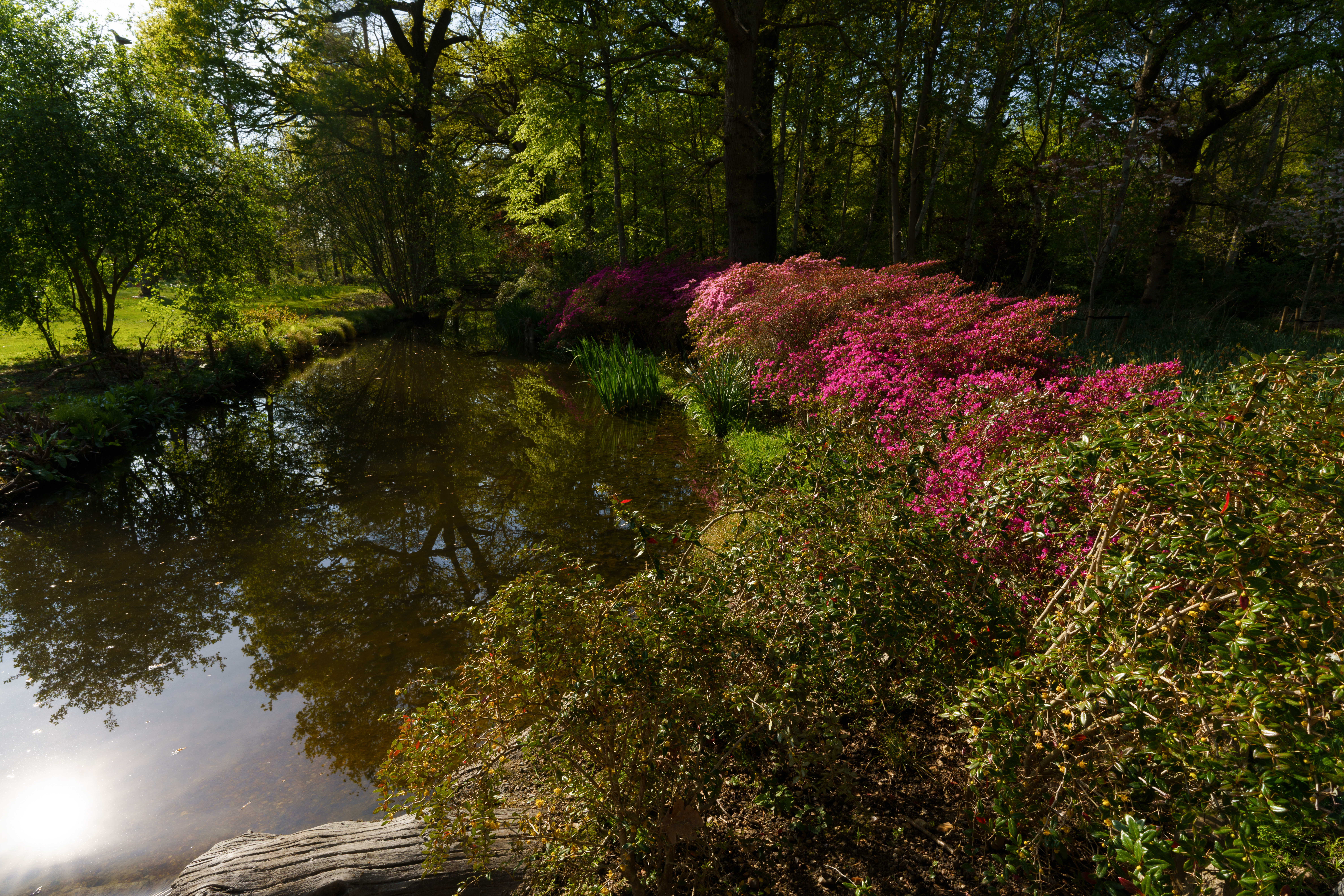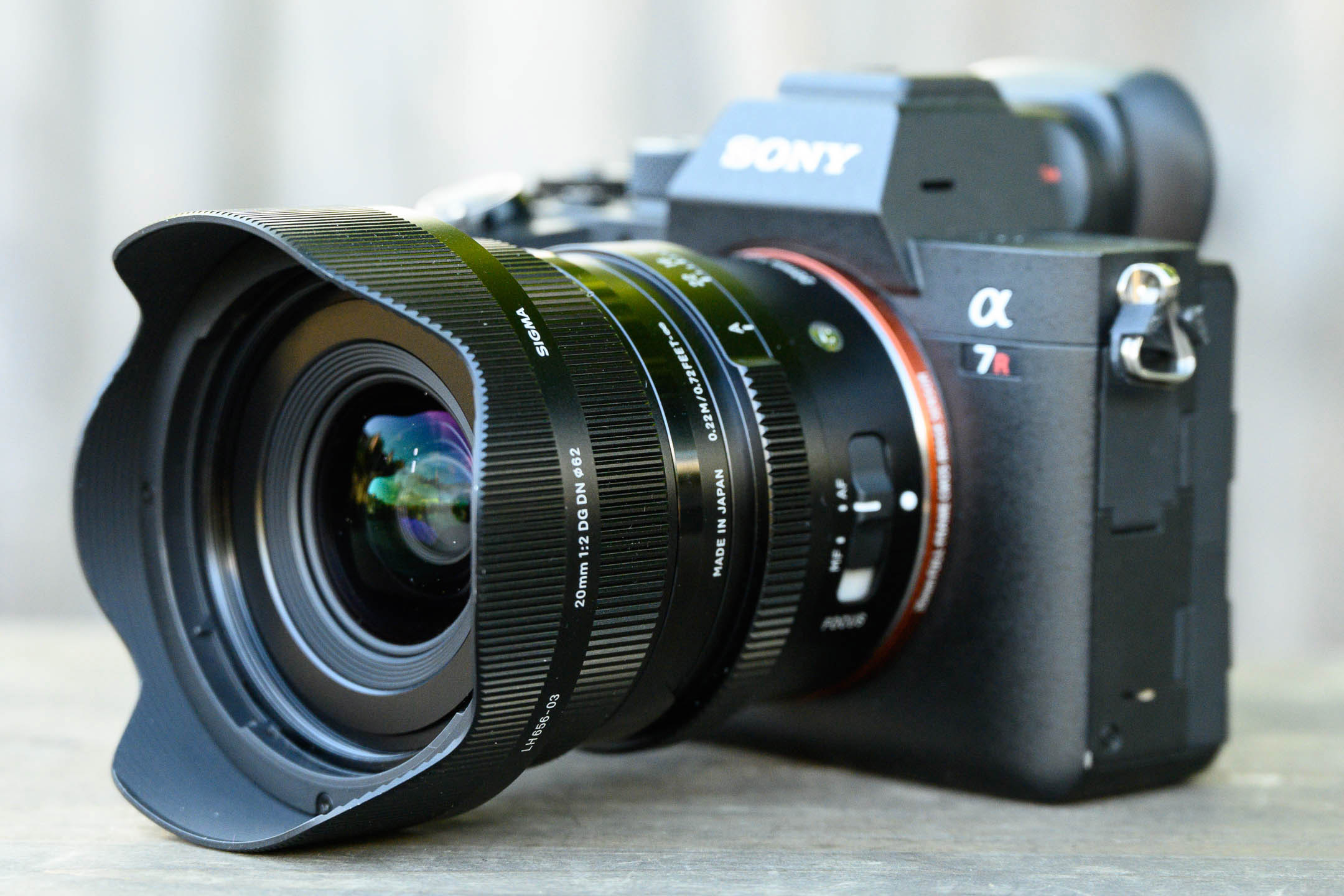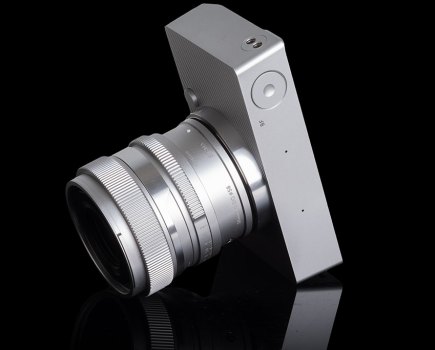As one of the company’s Contemporary lenses, the Sigma 20mm F2 DG DN | C is claimed to deliver uncompromised optical performance while maintaining a compact and lightweight form. And as one of the firm’s I series optics, it also has an all-metal barrel made from precision-cut aluminium plus weather-sealing for greater durability. It makes for a pretty enticing-sounding lens for $699 / £649, but does it really deliver on all that promise?
Sigma 20mm F2 DG DN C Features
Sigma has designed the 20mm F2 DG DN | C for use on full-frame mirrorless cameras and it’s available with either the L-mount or Sony E mount. See our guide to the best lenses for Sony E mount here.
With a focal length of 20mm, it falls into the ultra-wide-angle category and its large maximum aperture means it could be of interest to astrophotographers as well as landscape, interior and event photographers.
Inside the aluminium barrel there are 13 elements arranged in 11 groups. These include 3 aspherical elements to help maintain image quality into the corners of the frame while keeping the overall size down, 1 SLD (Special Low Dispersion) element to reduce chromatic aberrations and 1 FLD (F Low Dispersion) element. The F Low Dispersion element isn’t actually made of fluorite, but it’s claimed to have very high light transmission and to perform to the same level as a fluorite element without the same expense.
According to Sigma, the lens’ optical design suppresses sagittal coma flare, which can make small points of light such as stars look triangular. As a result, it could be an especially good choice for night-time photography. Sigma has also applied its Super Multi-Layer Coating and Nano Porous Coating to minimise flare and ghosting, which can be an issue when shooting towards a bright light source.
Focusing is achieved using a stepping motor which operates internally so it doesn’t change length during focusing. In addition, the L-mount version is compatible with Sigma’s USB Dock UD-11, which is sold separately, to enable firmware updates and facilitate setting customisation.
Sigma 20mm F2 DG DN C Build and handling
The Sigma 20mm F2 DG DN | C looks and feels like a high-quality precision-engineered optic. In fact, there’s a refined military air to it. It’s nice to see the deep knurling on the aperture and manual focusing rings matched on the petal-shaped metal lens hood. I used the lens on the Sony Alpha 7R IV and it makes a great pairing. The size and weight are just right so it feels well-balanced.
The aperture ring is located almost half-way along the lens barrel, perfectly positioned for operating with my thumb and forefinger when my left hand is supporting the camera from underneath. From the aperture ring, it’s only a short reach forwards to the manual focus ring, which sits right at the end of the lens immediately behind the lens hood.
Both the rings have a nice level of tension, so you don’t feel like you’re going to rotate them by accident but they don’t require too much force either. While the focus ring moves wonderfully smoothly, the aperture ring has click-stops at every 1/3 stop, with whole stop markings running from f/2 to f/22. The click sensation is distinct, but quite soft and strangely satisfying in use. However videographers will be disappointed to learn that there’s no option to turn it off.
There’s also an ‘A’ setting which, when selected, enables the aperture be adjusted via the camera. Although there isn’t a lock mechanism for this setting, the movement between it and the nearest aperture setting is about twice that of a full-stop adjustment and is therefore quite noticeable. Combined with the well-judged tension of the ring, this means that it’s fairly unlikely that it will be moved away from the A position accidentally.
Sigma has given the lens a focus switch which sits close to where your thumb is likely to rest when you support the camera. This means you can switch quickly from auto to manual focus mode if necessary without having to dip into the camera’s menu.
Unusually, Sigma supplies two lens caps with the 20mm F2 DG DN | C. One is the regular plastic type with a spring-loaded attachment, while the other is metal and magnetic. The metal cap is a nice addition, but it’s quite awkward to remove if the lens hood is attached ready for use because you have reach inside a hook a fingernail under the edge of the cap. Consequently, I stuck with the plastic cap.
Autofocus
As I mentioned earlier, I tested the Sigma 20mm F2 DG DN | C on the Sony Alpha A7R IV and this has a superb autofocus system. Consequently, I found I was able to get most subjects sharp very quickly. It was only when the subject was close to the nearest focusing point of 22cm that the lens started to hunt – but that’s not unusual. In most cases, it was able to deliver the result I wanted, but occasionally it needed a little help in the form of focusing on something little further away, and then recomposing the shot and focusing on the intended subject.
If you adjust the focus from infinity to the closest focusing point, the angle of view changes a little, as if you are zooming in. This focus breathing could be an issue for videographers tracking a subject moving towards or away from the camera, or for anyone using focus stacking.
Sigma 20mm F2 DG DN C Image quality
The Sony A7R IV is a 61MP camera which means it’s capable of recording a lot of detail. It’s also higher resolution than the 47MP Foveon sensor that Sigma uses to assess the lens’ performance. However, the 20mm F2 DG DN | C proves up to the challenge and the level of detail in the images captured using it is excellent. From wide-open to around f/11, the level of sharpness from the centre to the corners of the frame is very impressive. There’s a slight dip in the corners at f/16 and by f/22 they look quite soft if you pixel-peep or make large prints. Fortunately, the short focal length means that you’re unlikely to need to use f/22 very often as there’s extensive depth of field at wider apertures.
That said, if you go fairly close to your subject and shoot with the aperture wide-open, you can blur the background very effectively. True to Sigma’s word, the bokeh is very attractive and small highlights are round or bright pinpoints.
If the in-camera optical corrections are turned on, or they are applied to the raw files in Adobe Camera Raw or another processing software package, straight lines appear straight. However, without the correction profile, there’s noticeable barrel distortion.
Whether the in-camera correction is on or off, there’s strong vignetting apparent at the widest apertures when you’re shooting, but this corner darkening is removed by the correction profile. In fact, it’s a little excessive so the corners of the images can sometimes look a bit too bright, so you may wish to use the processing software’s vignetting control to bring them down a tad.
When I was shooting in bright sunshine, it didn’t take long for me to realise that the lens controls flare extremely well. I tried to introduce it into my images on many occasions by angling the lens so the front element had sunbeams scudding across it, but it handled it with apparent ease. Chromatic aberrations are similarly well-controlled.
Sigma 20mm F2 DG DN C Verdict
I particularly enjoy wide-angle photography, and probably because I shoot in aperture priority mode much of the time, I like lenses with an aperture ring. So this lens immediately grabbed my attention when it was announced and I was hooked in further by its all-metal barrel. I’m happy to report that it has not disappointed. Yes, there’s a touch of focus breathing, it would be nice if the aperture ring could de-clicked and I’d like a distance scale, but the image quality is excellent. With the exception of f/22, there’s a fabulous level of sharpness across the frame and both flare and chromatic aberration are kept in check extremely well.
The build quality is also very good and it feels nice and robust in your hands, yet is also compact and relatively light in weight. It’s great to know that it’s sealed against moisture and it feels designed to last a lifetime.
This is a lens that I would happily slip into my camera bag on a regular basis, it’s just a shame that so far it is only available in two mounts. It would be good to see it in Nikon Z and Canon RF mount as well, but that’s probably more of a legal issue than a technical one. Fingers crossed that Sigma can resolve it sooner rather than later. Note also that a firmware update has become available for this lens since its release.



